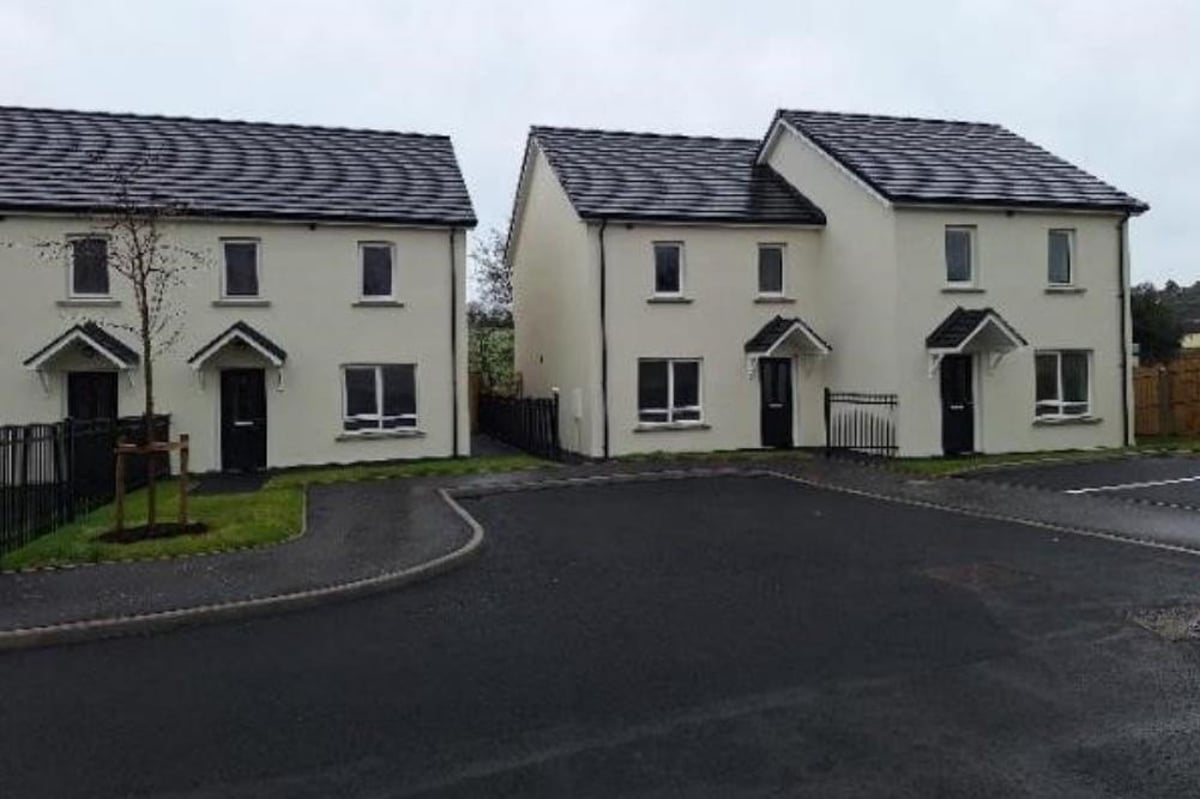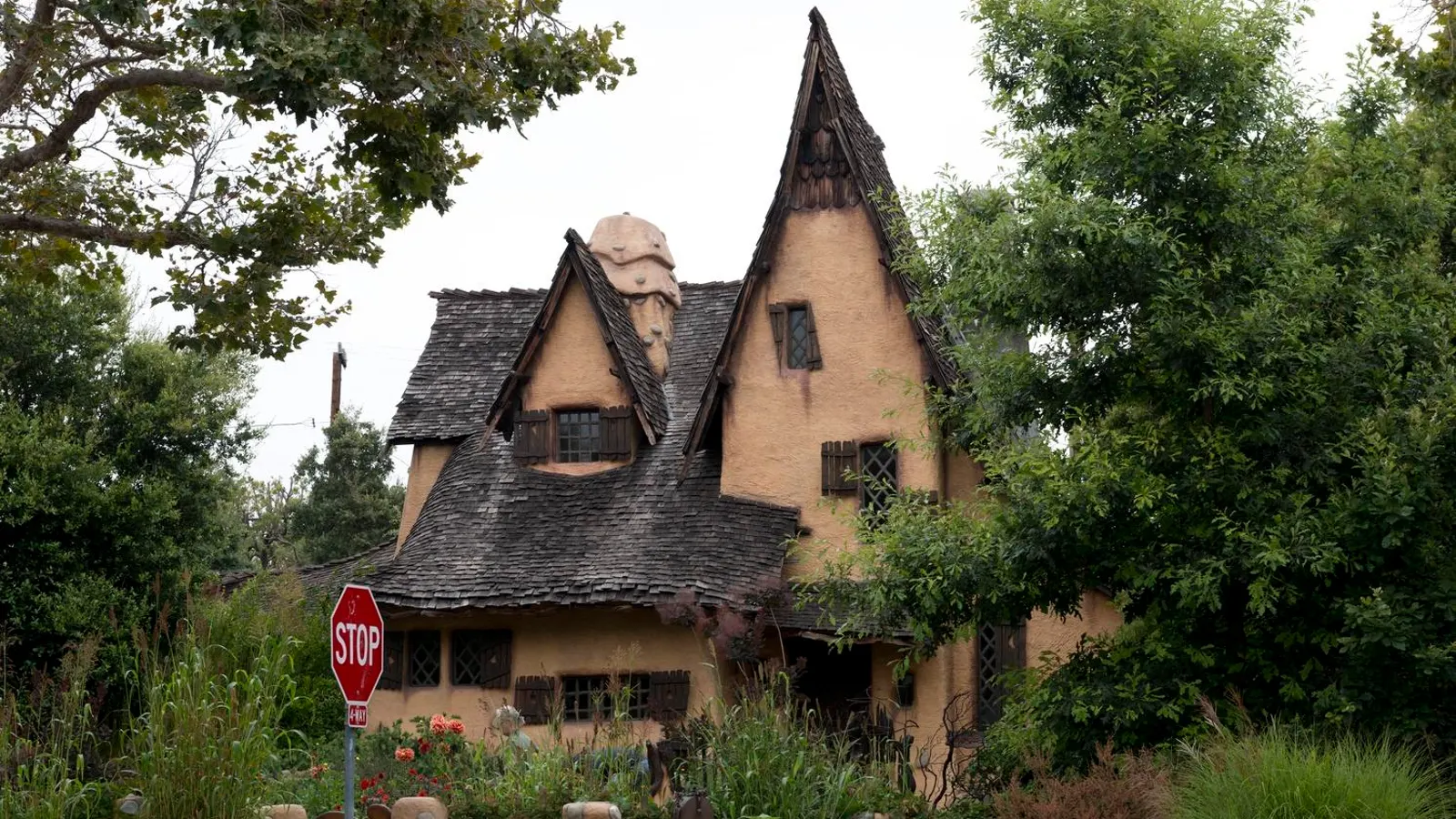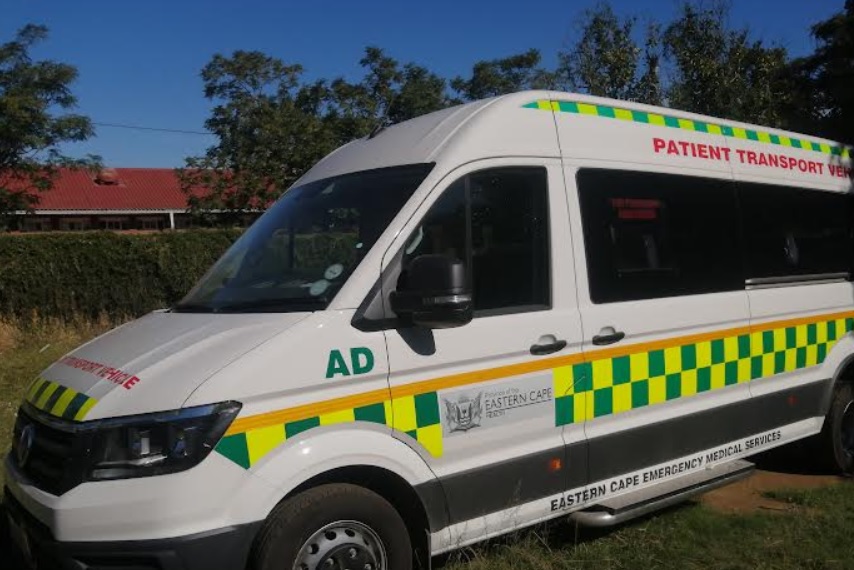Copyright northernirelandworld

The senior NIHE representative also revealed that two-thirds of Mid Ulster residents in need of social housing are in housing stress. The NIHE chief executive gave a full measure of the challenges being faced by the housing body at the October 23 monthly meeting of Mid Ulster District Council. With 2,335 applications currently in the queue for social housing in Mid Ulster, and with just a fraction of that growing demand having been met in 2024/25 – just over 260 homes allocated – residents in need of social housing are in for a long wait, according to the 2025 NIHE Housing Investment Plan. Even more disturbing is the fact that 67 per cent of these applications (1,570 applications) have been lodged by people who are in housing stress, while the provision of new social housing units (110 homes built in 2024/25) is nowhere near adequate to meet current demand. In the course of her presentation, the NIHE chief executive acknowledged the challenges being faced by the statutory body, but she was also anxious to emphasise a number of positive developments. She said: “I know the issue of rural housing is an area of real priority here. We are beginning, I think, to start to really turn the tide in terms of pushing up the numbers of new-starts in rural areas, and I hope that’s the beginning of much more. That’s driven by our Community Plan. “We have 54,007 households, and that’s split between about 69 per cent owner occupation, 22 per cent in the private rented sector, and then 9 per cent across social housing, and that’s split between Housing Executive stock of 3,783 homes, and then housing association stock. “Just to cover the Housing Executive Spend in housing across the council area for 2024/25, you’ll see there is a very healthy programme in a number of areas. This is one of the largest rural housing programmes across all 11 councils. “We saw investment of £38.1million in new-build social housing. That’s the Housing Executive commissioning housing associations to build social housing. Really Crucial “Also £23.23million in Housing Benefit, which is a really key funding stream for people who need assistance with their housing costs, really crucial as well in in terms of affordability within the private rented sector. “We have an Affordable Warmth Scheme [of £0.68million] which is not as large as we would like it to be. “We bid for a much larger programme to the Department for Communities (DfC), and we will continue to make bids throughout the year for Affordable Warmth, but unfortunately it’s disappointing not to see as much funding for Affordable Warmth. “But what we are pleased to see is the [£4.3million allocated to the] Supporting People programme which plays a huge role in supporting people with disabilities, older people, people with mental ill health, and also people who’ve experienced homelessness. “That Supporting People funding, which we provide through grants into the volunteering community sector, is really important in sustaining people in the community and in their homes. “The Housing Executive is a large landlord, and we have deliberately been focused on ramping up our investment in our homes. “Last year [we spent] £2.75million on Planned Maintenance and Stock Improvements, and [£2.61million] on our Response Maintenance side. So, again, a healthy programme, but you’ll see much more to come. “On the new-build side, both the Clanmil [Housing] scheme in Magherafelt, and the Choice Housing Association [scheme] on the Mullaghmore Road [in Dungannon] are two very important schemes. “We saw last year 110 new homes completed, and in March of this year there were 242 new homes under construction. Steady Increase “Housing need continues to grow. This may well be my fourth year presenting, and in each of those years we’ve seen that steady increase in growth in the total number of applicants on the waiting list, and crucially those households in housing stress. Those are households that we deem to be unsuitable.” Referring to the 260 social housing homes allocated in 2024/25, she continued: “You can see the number of allocations to new homes actually reducing, and that’s because we’re seeing fewer people moving out of Housing Executive properties, and fewer people moving out of social housing overall. “That constant pressure to keep social housing new builds up means that gap is actually widening, as opposed to closing. “And so that is understandably why we, together as partners, need to continue to make the case for capital for new-build [programmes]. The Housing Executive has a really important role in projecting housing need. “Over the next 15 years, across all tenures, in this council area we need 10,190 homes to be built, and that mix of homes for sale [6,460 private dwellings needed], social housing [2,000 social housing units needed], and then intermediate housing [1,740 homes needed]. “You need all three tenures to be working together. If we don’t build enough intermediate housing and market housing, then that puts more pressure on social housing demand, but equally, if we don’t build enough social housing, you’re going to see that impacting on those other tenures, including in the private rental sector. “We’ve seen over the last number of years upward increases in rents in the private rental sector, and that is because of pressure on supply. That increase in rents in the private rental sector is an area of real concern for all of us. “We set ourselves a five-year target [for social housing]. We had a target for the five-year performance of the programme for 342 starts, and we split those between urban and rural targets. “And I’m delighted to say that target has been exceeded for this council area, and has resulted in 433 starts. That’s very welcome.” The senior NIHE officer acknowledged that while the overall target had been exceeded, this had not been the case in relation to rural social housing, with only 48 starts against a target of 85 starts. She remarked: “While we don’t like to miss rural targets, in that last year it’s really good to see a much bigger increase in the number of rural homes coming forward. It’s hopefully the start of many more to come.” Sign up for a free Northern Ireland World newsletter and let us bring the news to you She continued: “If I talk you through our spend for this year, what’s really important to note is the really significant increase for this council area in investment in our own stock. “Last year we had a programme of about £2.5million. That programme will now increase to £9million this year. “Across Housing Executive estate, some really important schemes are being delivered on site, whether it’s bathrooms or kitchens or double-glazing schemes. “That’s [funded by] tenants’ rents. As a landlord, we collect rent and we invest it in people’s homes and in their communities, and that is crucial to what we do as a landlord. “So much now is dependent on us getting the capital from the Department for Communities, in order to enable us to commission those homes. “The other big challenge for us is the importance of the Housing Executive being able to borrow, in order to invest in our existing stock and to add to new supply. We will continue to make that case. “On a positive [note], it is wonderful to see a Housing Supply Strategy now across Northern Ireland, with targets in place. We’re also seeing for the first time this year funding for homelessness prevention. “We received £2.5million for prevention this year, and we are busily getting that out through the voluntary community sector, to target key groups to try and press down on those numbers in homelessness. “We also have been granted approval to acquire 600 homes by the NI Housing Executive to use as temporary accommodation, because we’ve been increasing our temporary accommodation portfolio, and we will be looking at those across all 11 council areas.” François Vincent, Local Democracy Reporter



